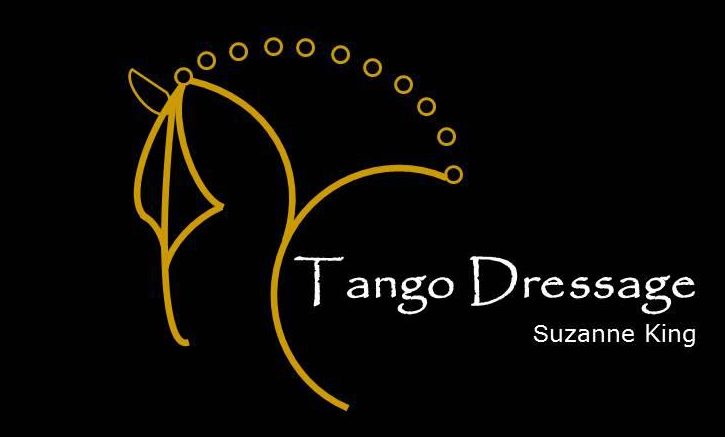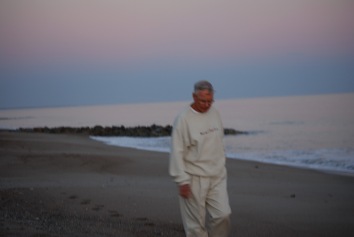 As a writer it’s flattering to be asked to write an article or a piece to help promote a horse show, horse event or horse related charity. It’s especially exciting when the show is located here in the Atlanta area and will attract top riders as it’s the first CDI3* to be held in Georgia. As much as I would like to say I penned the following piece for the GDCTA newsletter, I instead made the brilliant decision to delegate it to one of my young riders that is also an aspiring writer, Caitlyn Bennett!!!
As a writer it’s flattering to be asked to write an article or a piece to help promote a horse show, horse event or horse related charity. It’s especially exciting when the show is located here in the Atlanta area and will attract top riders as it’s the first CDI3* to be held in Georgia. As much as I would like to say I penned the following piece for the GDCTA newsletter, I instead made the brilliant decision to delegate it to one of my young riders that is also an aspiring writer, Caitlyn Bennett!!!
In addition to being a dedicated eventer Caitlyn has written several pieces for the GDCTA newsletter and is also a talented fiction writer. She gets inspiration from her adventures with her self started Mustang, Hocus Pocus, and the rest of the gang of barn rats at North Atlanta Equestrian Center in Cartersville, Georgia.
Much thanks to Caitlyn for helping me meet a deadline and writing an article that is as much fun as she is!! If any of my other students, or any other readers, young or otherwise would like to submit a horse related writing of any genre to be considered for my blog please feel free to contact me at tangodressage@yahoo.com.
Caitlyn and Hocus Pocus will be at the show April 7-10 with many other students from Tango Dressage so come on out and meet us and enjoy some top riding- and some of the other Olympic hopefuls too!!!
Official show information can be reached here!

The Following was written for the GDCTA by Caitlyn Bennett, 13 years old:
Have you ever wondered what it would be like to compete on the same grounds at the same time as Olympic hopefuls? Well, here’s your opportunity. The Greater Atlanta Dressage Southern (GADS) horse show is held the same weekend as the prestigious CDI3*, the last qualifier for the 2016 Summer Olympics.
The CDI3* will take place April 7-10 at the Georgia International Horse Park in Conyers, with the GADS show starting on the 8th and ending the 10th. GADS provides a great opportunity for riders of all levels to be able compete, watch Olympic hopefuls, and meet the “best of the best,” who will possibly represent our country in Rio this summer.
Having the CDI3* at the park that Atlanta built for the 1996 Olympics and being where those athletes competed is special in itself, but it is a really big deal because this is the first time the event will be held in Georgia. Even better, they chose GDCTA to host it!
Why is it so important that you go? By participating in GADS I and II ( both USDF recognized dressage shows) and by being a spectator or competitor for the CDI3*, you are part of history in the making when GDCTA brings CDI3* to the Peach State.
The CDI3* is free to watch. The GADS shows will open on February 15, 2016 with a closing date of March 16th. Slots will fill up fast, so what are you waiting for? Join all of your GDCTA a friends and get yourself and your mount registered for GADS I and II and come watch and/or compete in the CDI3* and show your love for U.S. Dressage in Georgia.
Besides, who wouldn’t want to take advantage of putting on your best show clothes and posing next to your horse as you prepare to participate in GADS I and II, and then posting something like this to your social media channel of choice: “We’ve made it to the Olympic qualifiers in Atlanta. Wish you were here!”




























